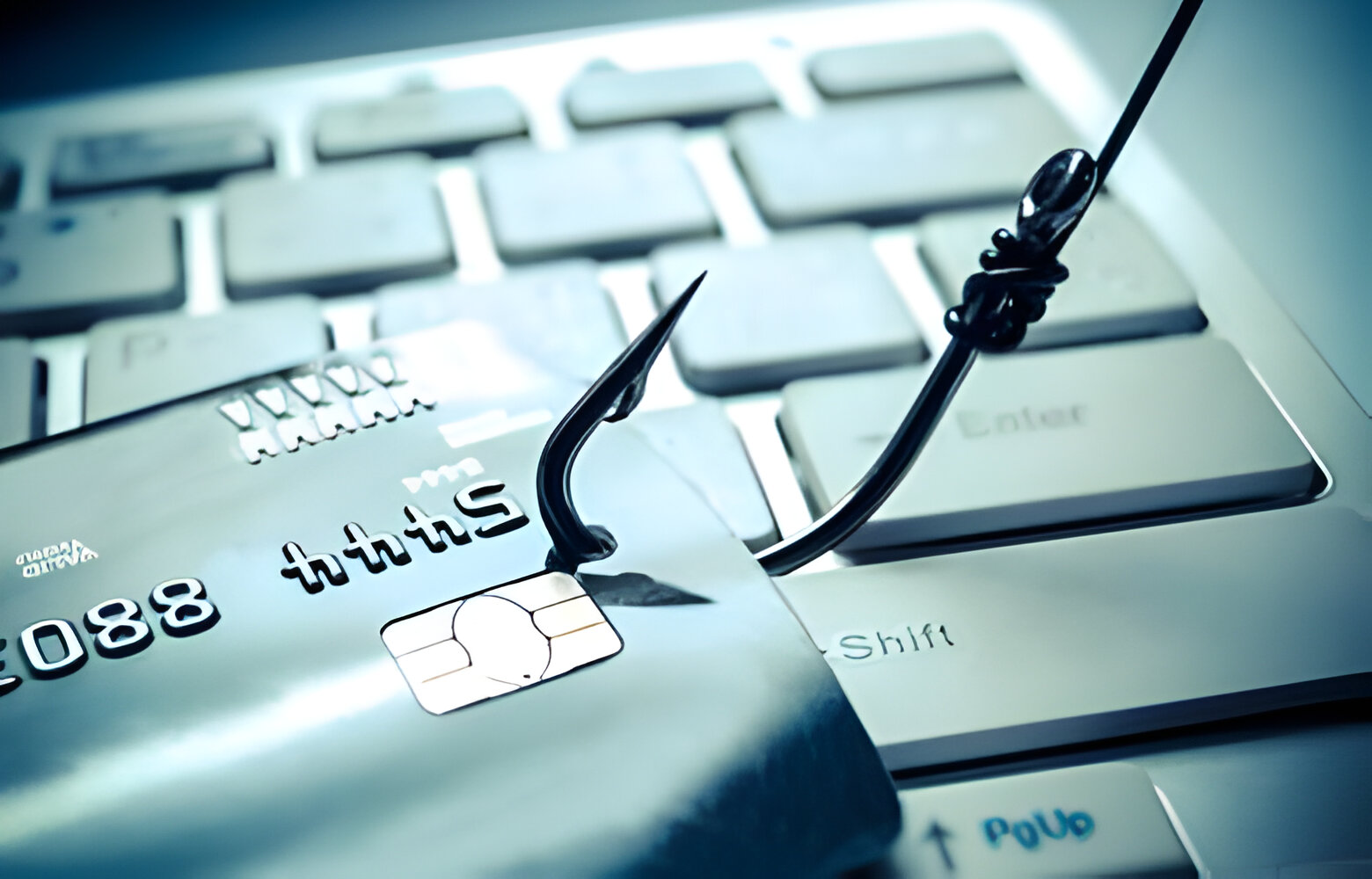Mobile Device Forensics
Mobile forensics is a branch of digital forensics that deals with the acquisition and recovery of evidence from mobile devices. The Recovery of Evidence from mobile devices such as smartphones and tablets are the focus of mobile forensics. Forensically sound is a term used extensively in the digital forensics community to qualify and justify the use of a particular forensic technology or methodology. One of the core principles that drive sound forensic examination is that the original evidence must not be altered in any form. This is extremely difficult with mobile devices. Some forensic tools require a communication vector with the mobile device, and thus standard write protection will not work during forensic acquisition.
Mobile devices may store a wide range of information, including phone records and text messages, as well as online search history and location data. So, they can be extremely useful for an investigation by law enforcement.
Why is mobile forensics important?
Mobile devices carry a significant amount of information that can be necessary to understand the full picture and scope of a digital attack, which makes mobile forensics extremely important. In 2021, there were 15 billion operating mobile devices worldwide. That’s nearly two per person. The amount of data stored across these devices is astounding. One significant difference between mobile and traditional computer forensics is that systems are no longer isolated and absolute. Commonly used devices like phones, cars, cameras, doorbells, and even refrigerators are interconnected and can operate under one network.
Unique challenges and methodologies involved in extracting and analyzing data from smartphones, tablets, and other mobile devices.
Extracting and analyzing mobile devices it involves acquiring data from smartphones or tablets using specialized tools or methods, then examining the retrieved data for evidence of criminal activity, unauthorized access, or other pertinent information. This process entails accessing device storage, recovering deleted files, examining application data, analyzing metadata, and documenting findings in a manner compliant with legal standards to support investigations or legal proceedings. So, here are some of the challenges and methodologies involved:
Challenges
Device Fragmentation: Unlike computers with standardized operating systems, mobile devices come in a vast array of models and platforms (iOS, Android, etc.) with varying levels of customization by manufacturers. This makes it difficult to have a one-size-fits-all approach to data extraction.
Data Encryption: Modern mobile devices often have full-disk encryption enabled by default, requiring bypassing security measures to access the data. This can be tricky from a legal and forensic standpoint.
Data Volatility: Mobile devices are constantly writing and rewriting data. Deleted files might not be completely erased and require advanced techniques to recover.
App-generated Data: A significant portion of data resides within apps, often in proprietary formats. Forensic tools need to be able to parse this data effectively.
Methodologies
Logical Acquisition: This method retrieves data in a user-friendly format, like call logs, messages, and photos. It’s the most common approach but might not capture deleted information.
Physical Acquisition: Involves creating a forensic image of the entire device storage, capturing everything including deleted data. However, it’s a more complex and time-consuming process.
Cloud Backups: Many mobile devices automatically back up data to the cloud. Extracting data from these backups can be a valuable source of information.
Forensic Tools: Specialized software helps extract and analyze data from mobile devices. These tools can bypass security measures, parse app data formats, and ensure the chain of custody (legal defensibility) is maintained.
Mobile forensics plays a crucial role in modern digital investigations due to the proliferation of mobile devices and the wealth of information they contain. However, it presents unique challenges such as device fragmentation, data encryption, volatility, and the prevalence of app-generated data. To overcome these challenges, forensic experts employ methodologies like logical and physical acquisition, as well as leveraging cloud backups and specialized forensic tools. Despite the complexities involved, the meticulous extraction and analysis of data from mobile devices are essential for uncovering evidence and facilitating justice in a rapidly evolving digital landscape. By understanding these challenges and methodologies, data professionals can effectively extract and analyze valuable information from mobile devices for various purposes, including digital forensics, market research, and app optimization.
-
Previous Post
Digital Forensics Tools and Techniques by VenkataLakshmi











